Five Fits With: Vintage Expert Brian Davis of Wooden Sleepers
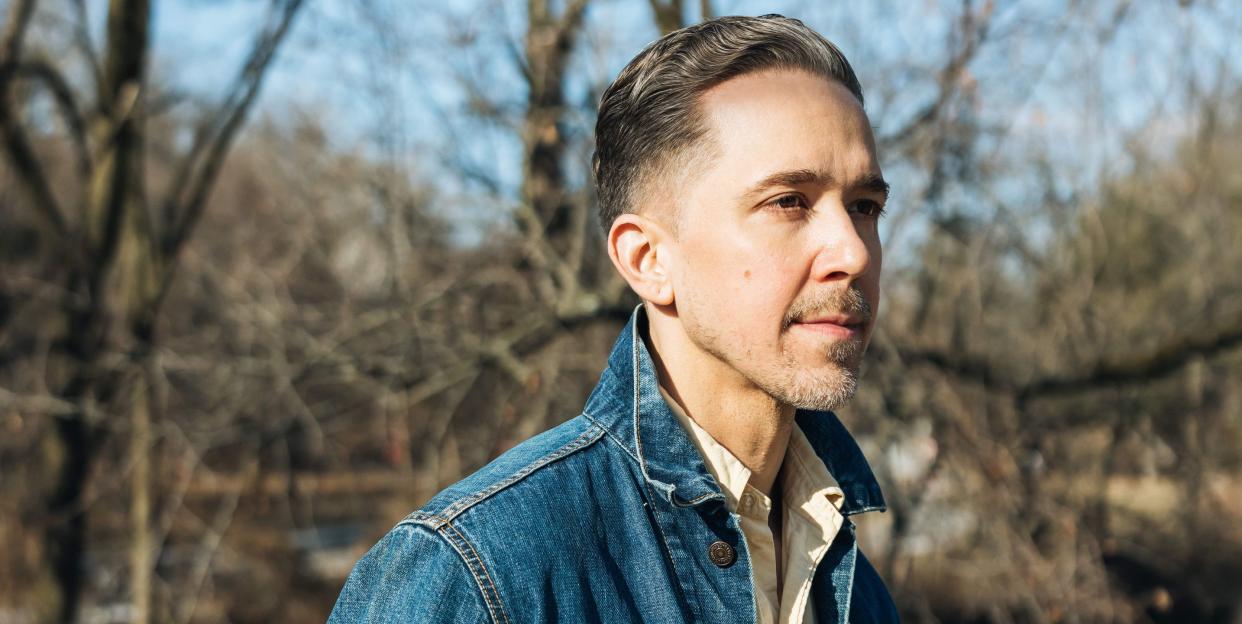
This week’s Five Fits is with Brian Davis, owner of Wooden Sleepers. If you’re into vintage men’s clothing, I assume you already know him. Brian is a person I met in the confines of the fashion industry, but I later discovered we shared way more in common than I figured. He’s from the town I currently live in on Eastern Long Island, and we probably just missed each other at a few shows on Long Island over the years. If you’re into emo, metal, or hardcore, you know Long Island is actually a musical powerhouse. Music aside, Brian is extremely successful because he operates the way he wants to, and, in true alternative-music fashion, has yet to sacrifice what he does in service of selling out.
Brian and I discuss Wooden Sleeper’s foundation and evolution, sourcing tips and big breaks, family and health, Long Island hardcore favorites, and plenty more.
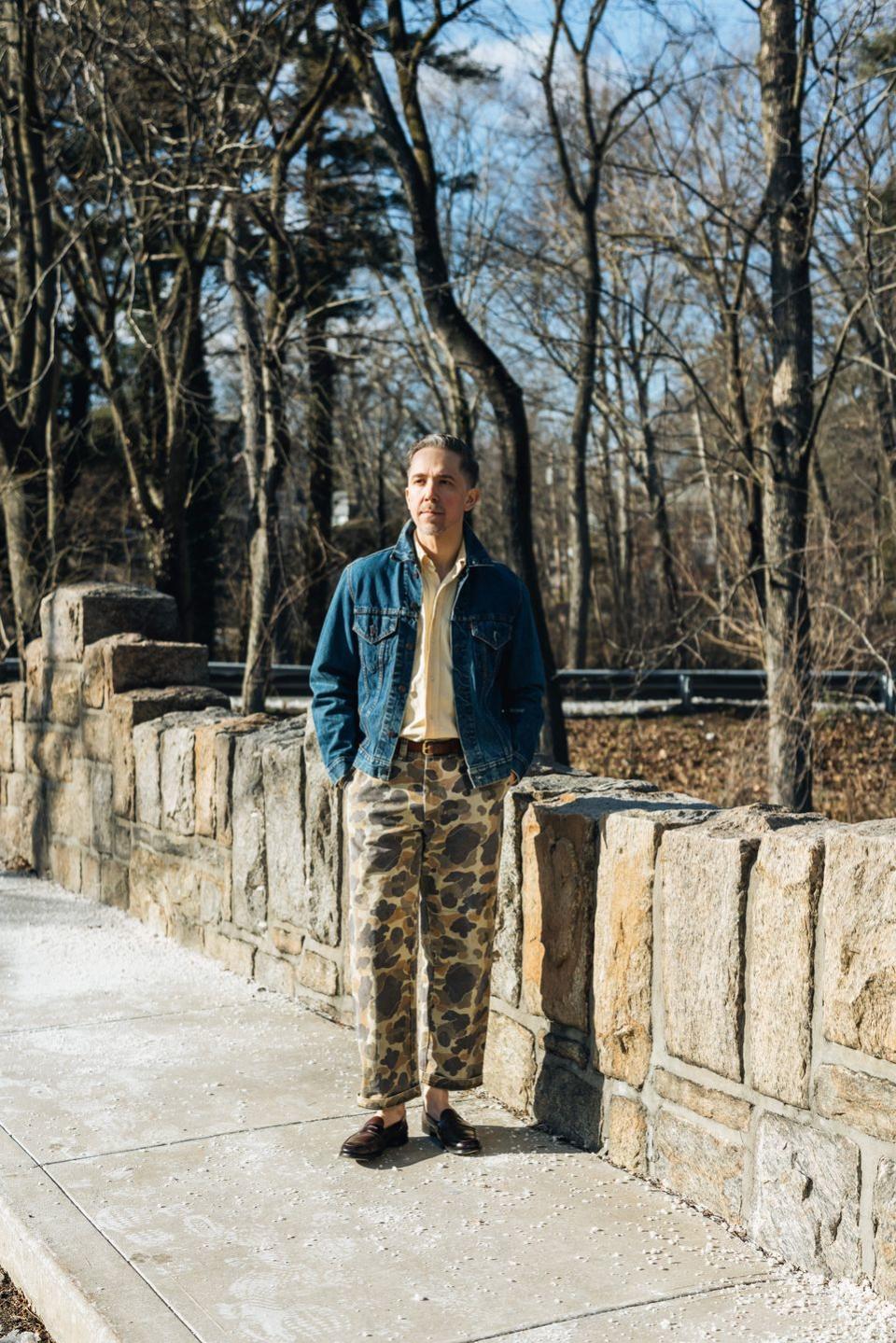
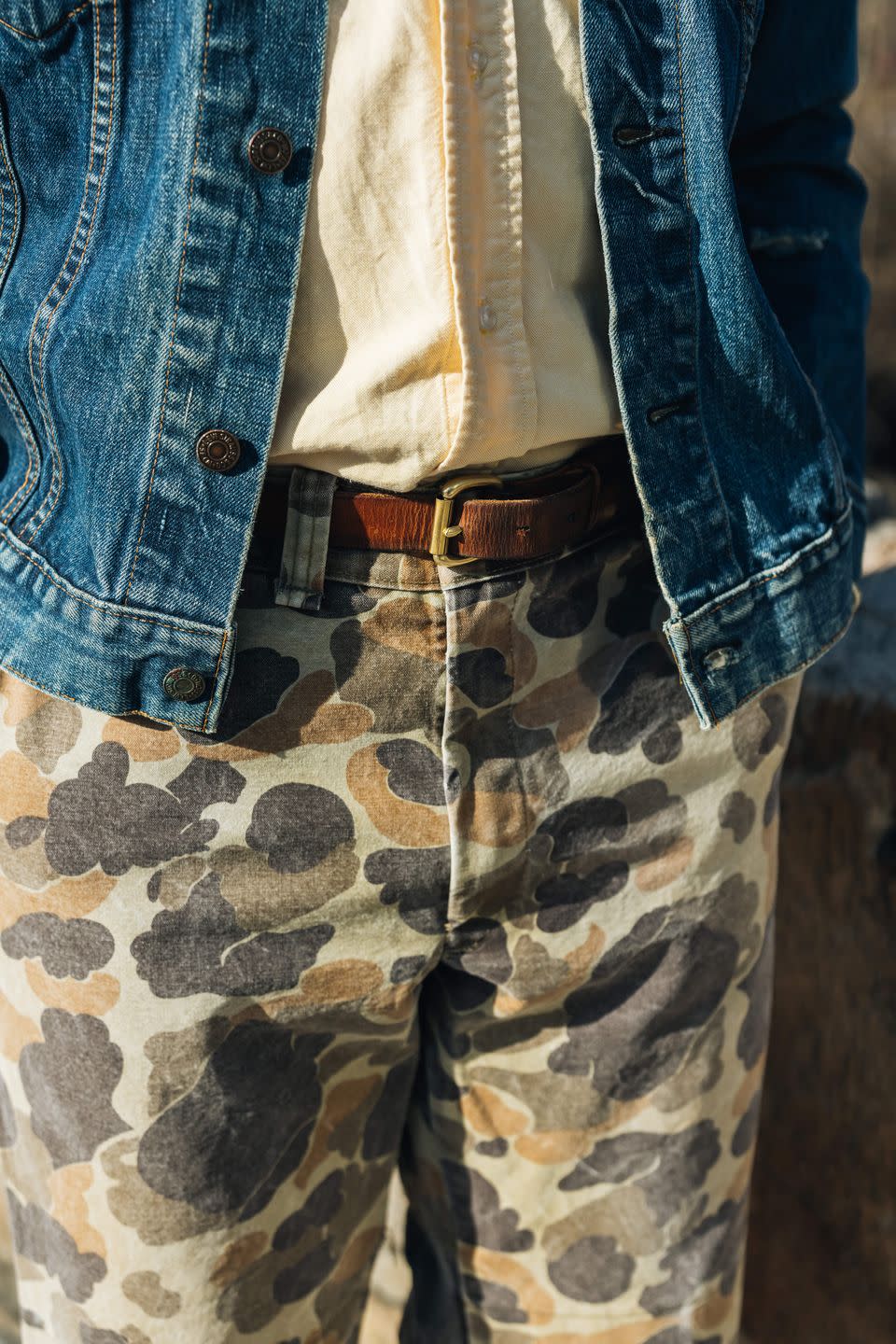
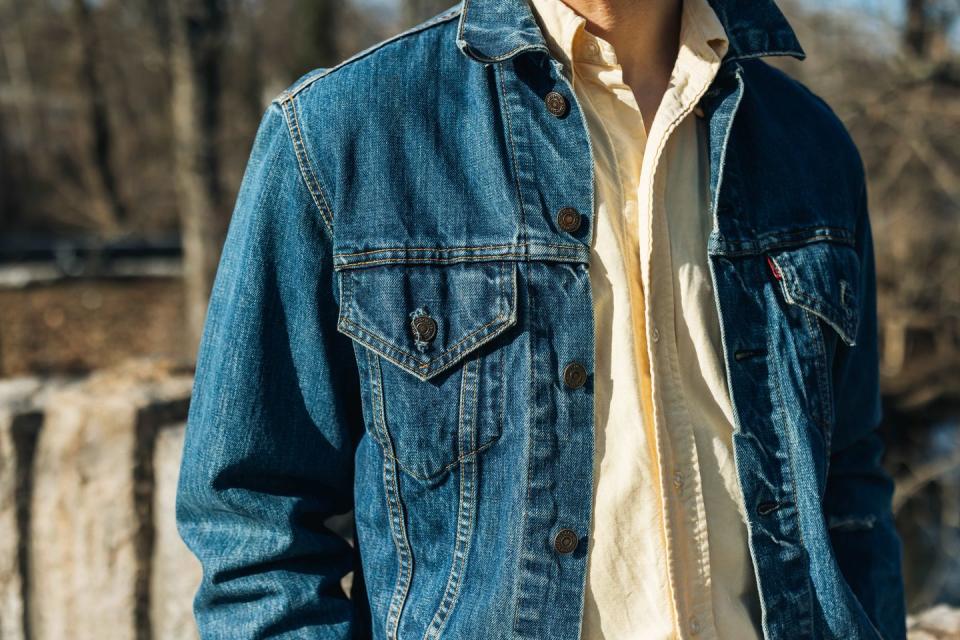
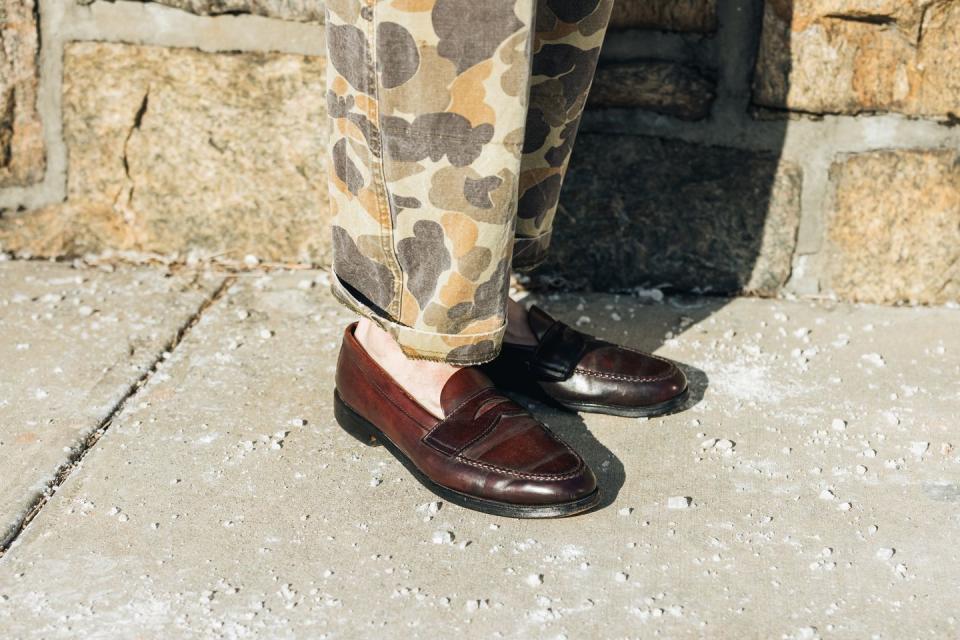
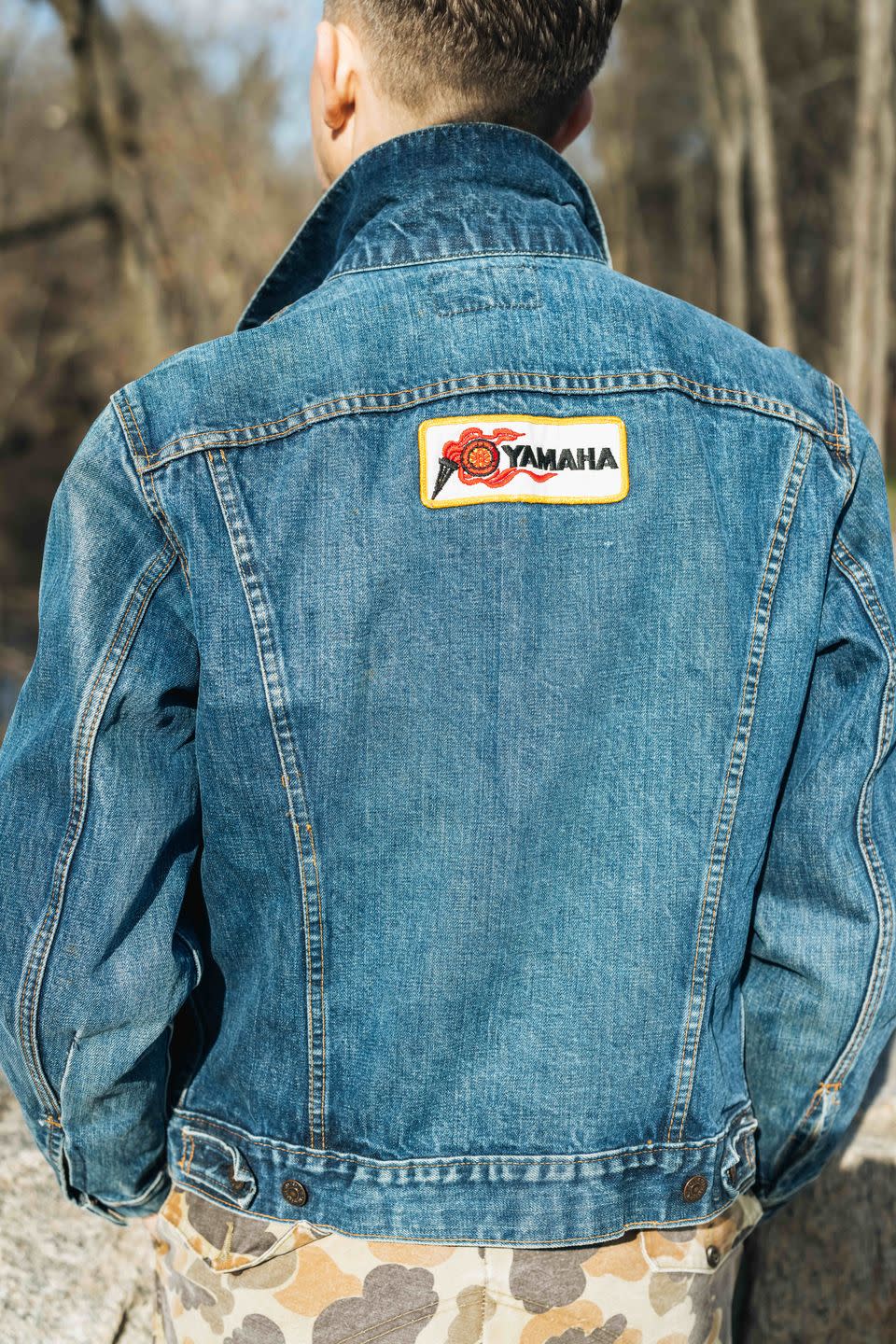
Let’s discuss your foundations. Where are you from, and what sort of things were you into growing up? What were you doing prior to launching Wooden Sleepers? When did you first find your passion for vintage clothing, and how did you go about opening your first shop?
I grew up on the North Fork of Long Island in a small town called Cutchogue. As a young boy, I spent most of my time swimming in the Peconic Bay, exploring the woods, and playing sports with friends. By the time I reached adolescence, I had become obsessed with skateboarding, hardcore and punk music, hip-hop, and everything that came along with those subcultures during the early-mid '90s. Prior to launching Wooden Sleepers, I produced live in-store events for a large tech company. My interest in vintage clothing was there from a young age. Kurt Cobain was my idol and I really emulated his style—stealing flannel shirts and cardigans from my grandfather’s closet, scouring for old jeans and T-shirts in the local church basement thrift store, taking the bus to Salvation Army in Riverhead or the Eastern Long Island Hospital “Opportunity Shop” in Greenport. It was a way to express myself as I was coming of age, plus everything was cheap and attainable. When I was 16 years old I remember thinking it would be cool to open a vintage clothing store. I remember reading How To Start A Small Business on the floor of Borders. Life took me in a different direction, but I ultimately realized my dream of opening a vintage store in 2014 when I was 32.
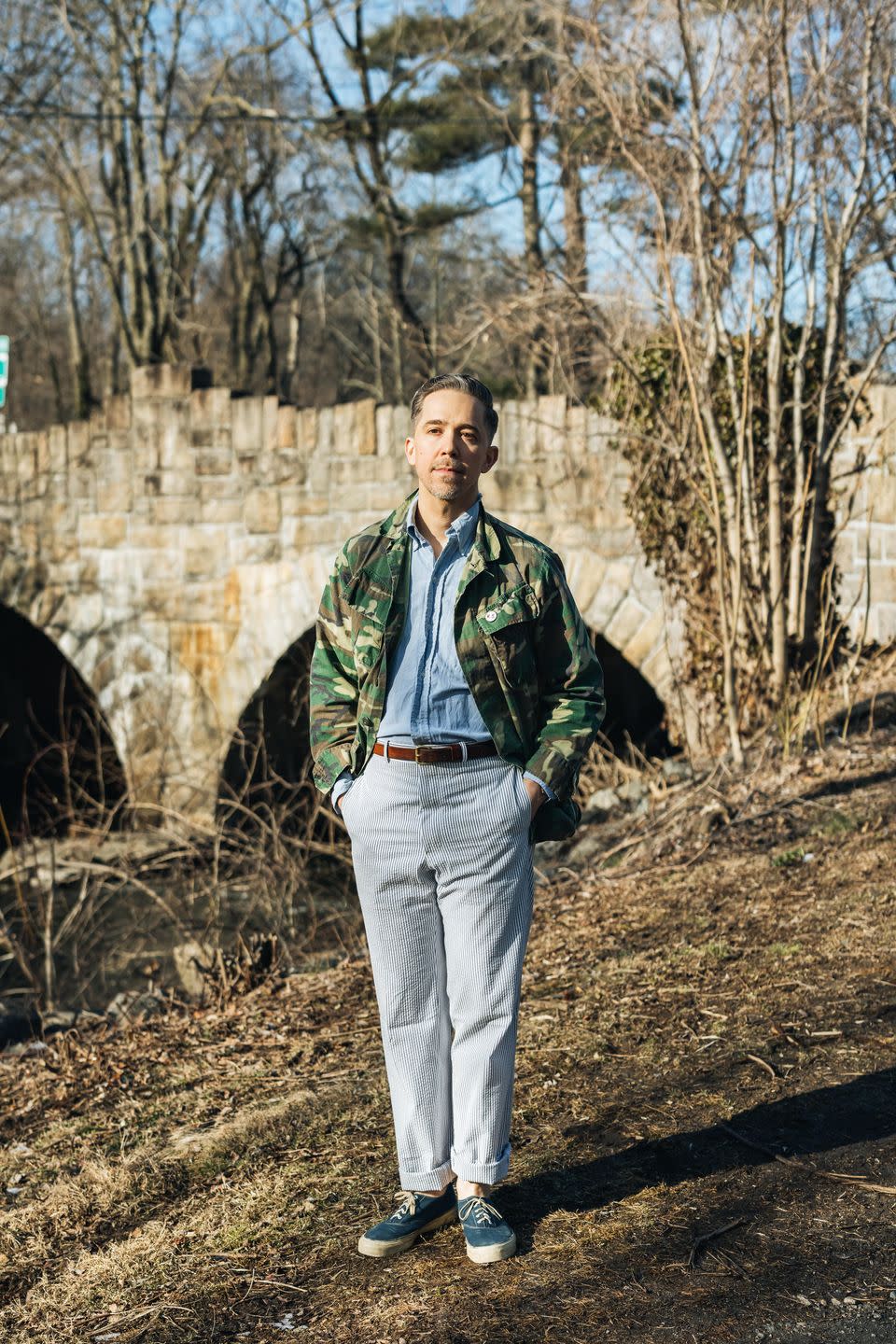
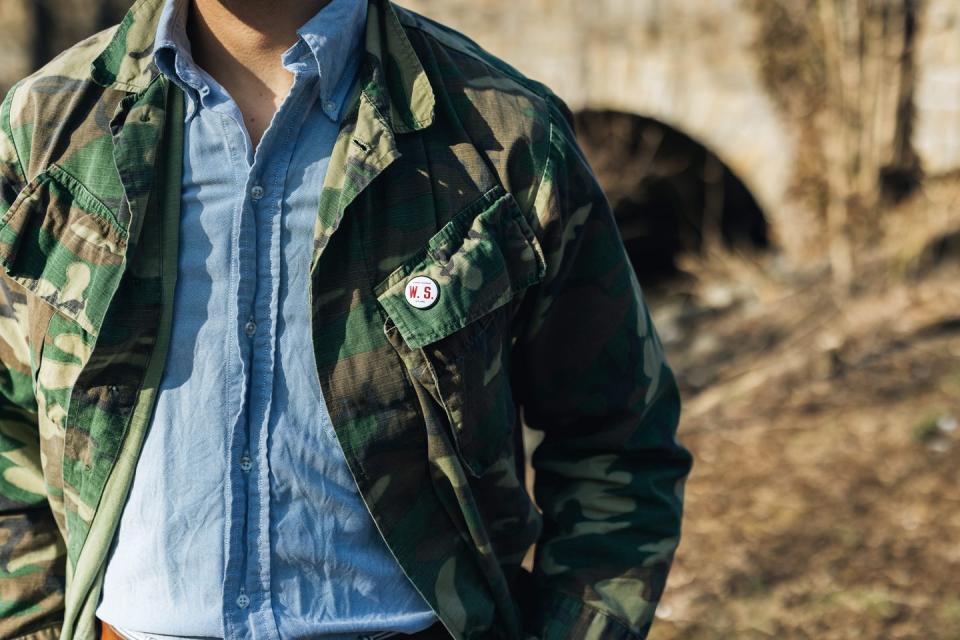
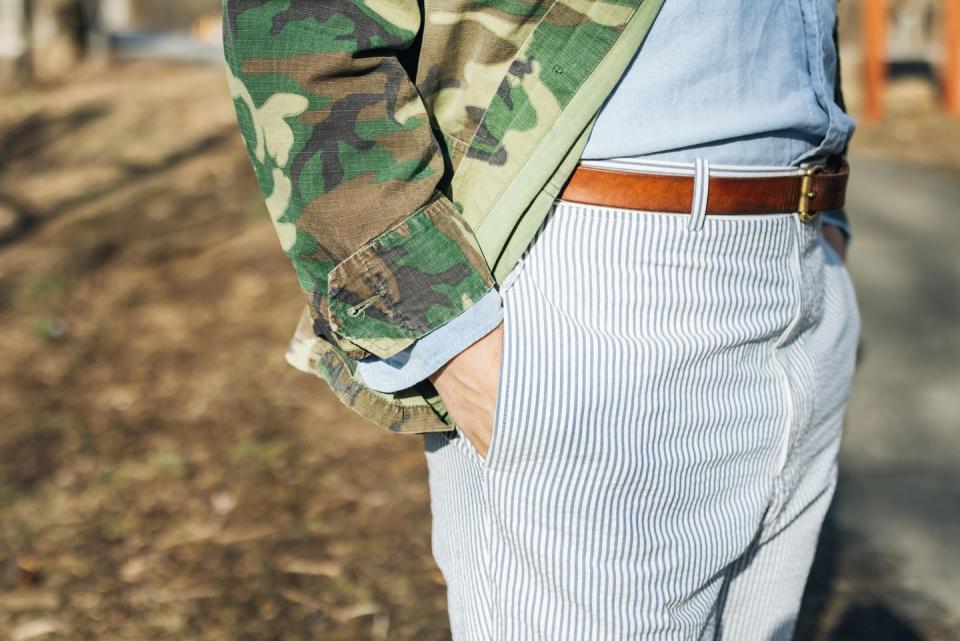
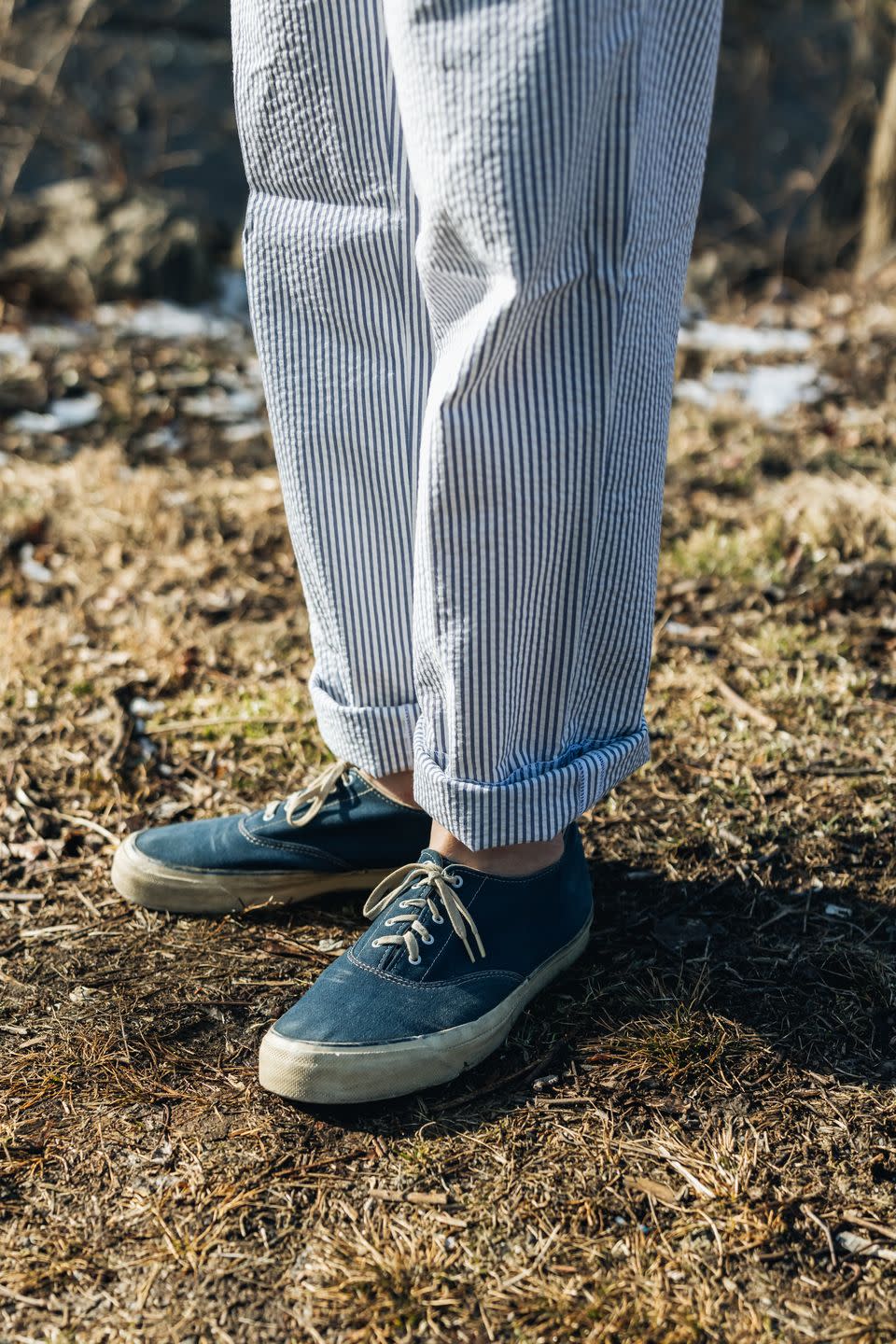

Your shop used to be in Red Hook, but now you’ve shifted to e-commerce and a by-appointment only model. Can you speak to me about the shift, and how it’s impacted your business?
In March, 2020 all “non-essential” business in NYC were ordered to close due to Covid-19. I didn’t know what was going to happen, so I immediately pivoted to an online-only model. I already had a functioning e-commerce site, but my business revenue was mostly generated from my physical brick-and-mortar retail store. I basically inverted my business model overnight. During the early days of the pandemic, I converted our dining room into a fulfillment center, our unfinished attic became a photo studio—whatever I could do to keep the business afloat. By the summer of 2020, I made the tough decision to close my Brooklyn store permanently. Almost immediately, I signed a lease on a shuttered yoga studio minutes from home. For the remainder of 2020 I used the new studio to work on projects with Todd Snyder, L.L. Bean, Ralph Lauren, J. Crew, and J. Press, and to keep growing our e-commerce business. By fall of 2021, I opened the studio for private shopping appointments. The shift to an online and by-appointment model has had a positive impact on the business. Looking back, the time required to run a store really prevented me from pursuing other projects that I always wanted to explore like brand partnerships, private label, et cetera. The biggest shift was being home more with my family, which has been incredible.
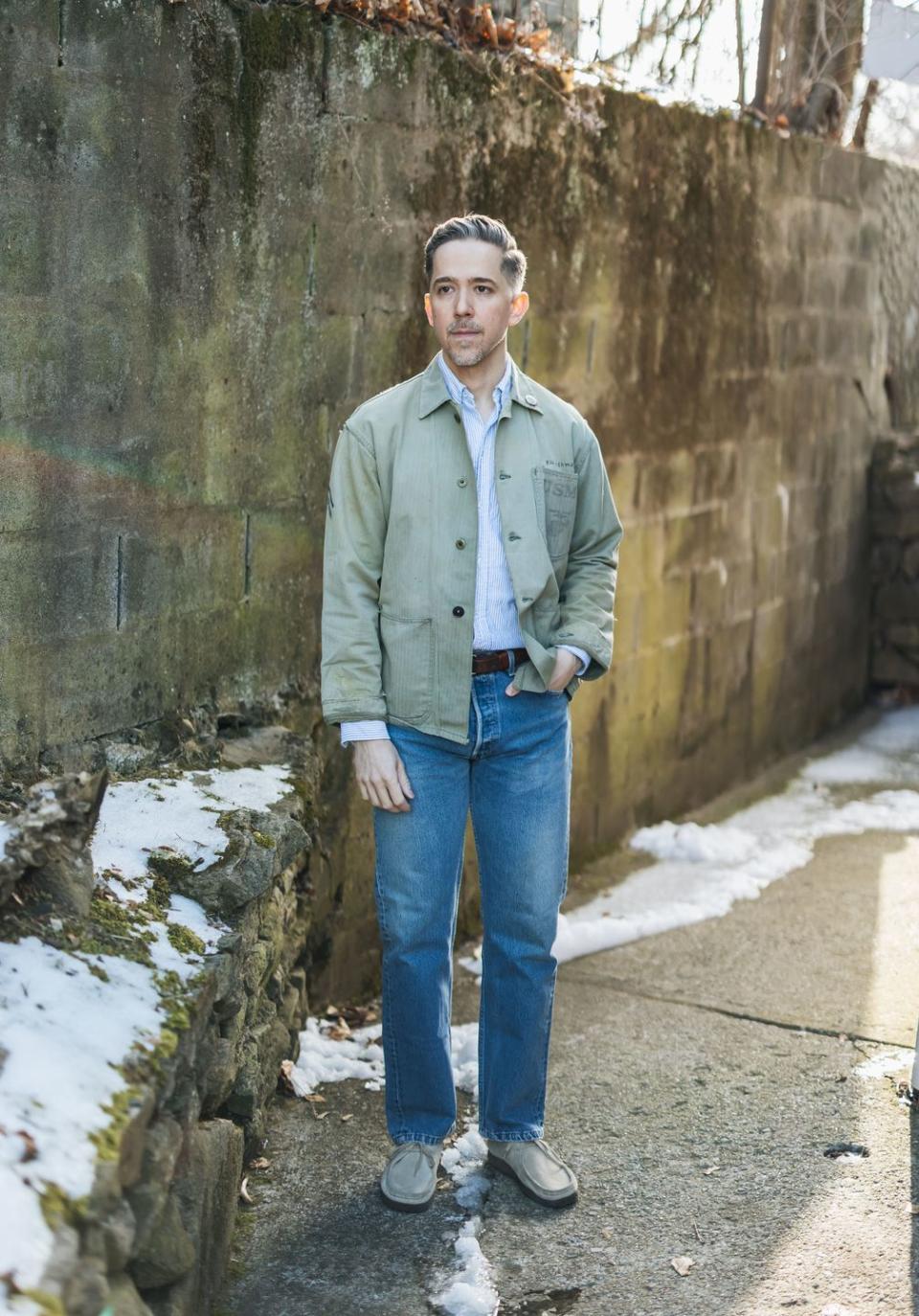
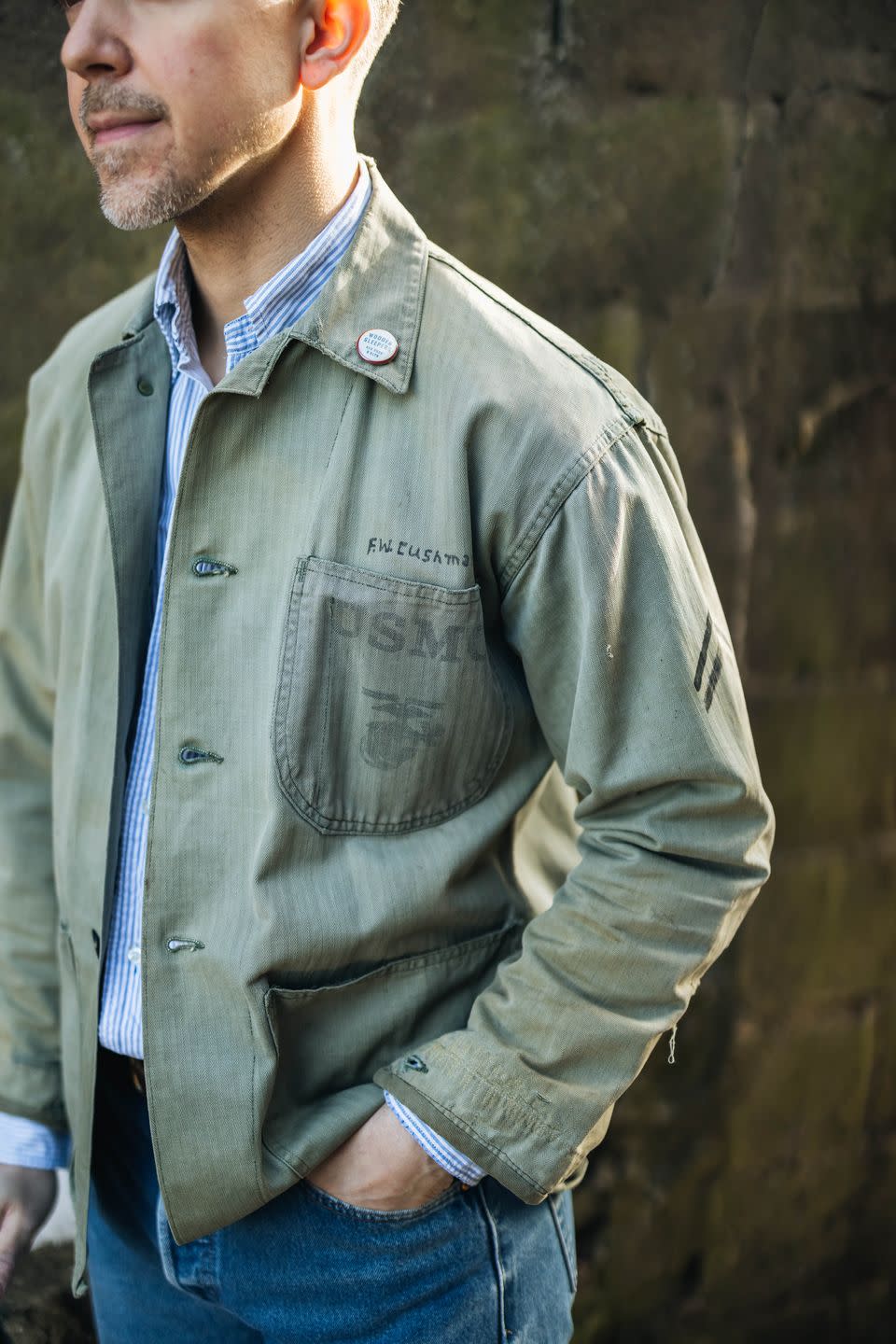
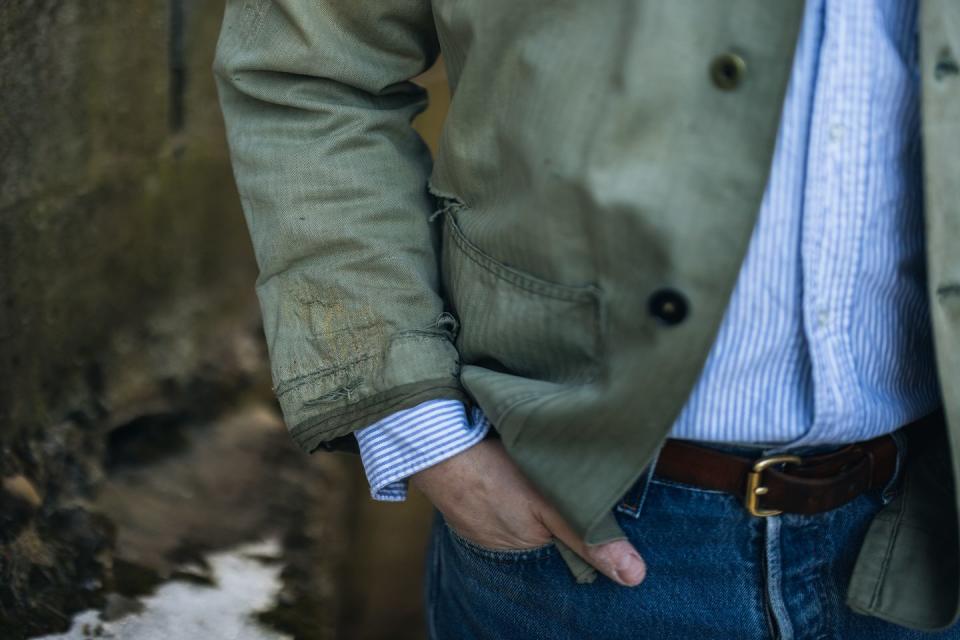
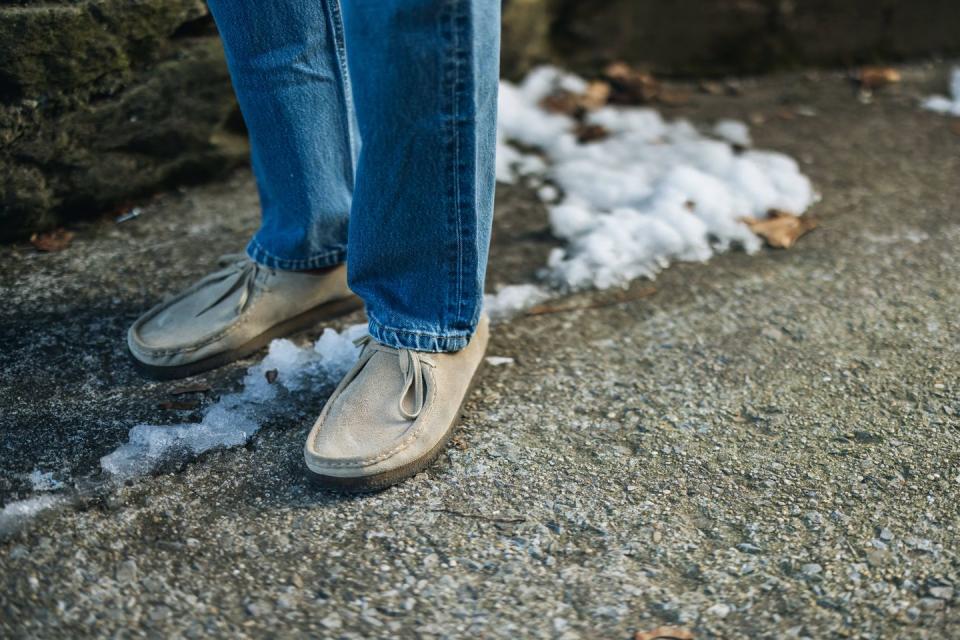
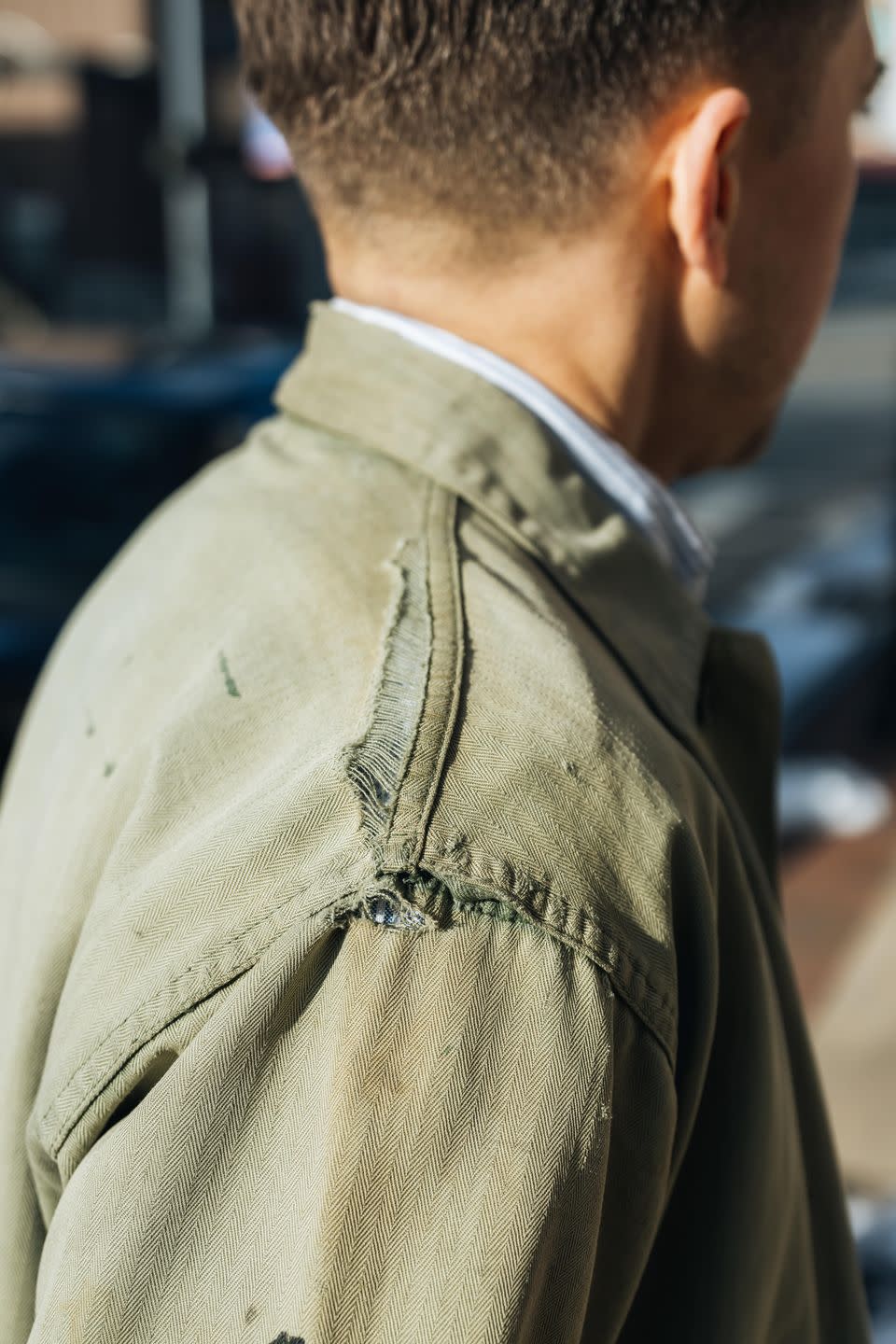
Obviously there are only so many kinds of garments you can surface, so can you tell me how you’ve found a way to keep inventory fresh and interesting? Have you ever felt pressure to change the direction of your shop and styling?
When I started Wooden Sleepers in 2010, the vision was clear: a greatest hits of vintage American menswear. For me, that was a cross section of military, outdoors, Ivy, and workwear. I have never really deviated from that. Trends come and go, and of course there’s a temptation to cash in, but ultimately I value consistency and I think my customers and clients value consistency, too. There is more interest in vintage than ever before. You might think that has been a burden since it seems like everyone is selling vintage these days, but for me it’s been a relief. I don’t feel like I have to be everything to everybody. If you want vintage rap T-shirts, Savile Row tailoring, or 1980s avant-garde designers, there’s someone out there specializing in that and you can go there.
How do you source for your store? What do you look for in garments when sourcing for your shop? What was the biggest opportunity you’ve ever had for sourcing something special for Wooden Sleepers?
It’s no big secret, just think of anywhere you could possibly find old clothes and I’ll be there. There’s no single magical place. It’s just about getting out early and often, talking to people, being nice, and keeping your eyes peeled. I look for items that are more or less in sellable condition; I don’t want a big project. Sizing is important. Obviously, the price has to be right. Specifically, I try to keep certain items in stock all the time because we are known for them: '60s OG-107 military pants, '70s and '80s Brooks Brothers shirting, '50s and '60s military khakis, '80s 501s, '70s heavy cotton flannels, canvas field coats. Aside from that, I try to find versions of those pieces with some unique detail—a visible mend, a period specific patch, personalized embroidery or stenciling, or a great natural fade or wear pattern—that makes it truly one-of-a-kind.
The biggest opportunity I ever had sourcing for Wooden Sleepers actually came to me by way of Richard Press (grandson of J. Press founder and former president of the company). He helped broker the purchase of an entire wardrobe of peak-era Ivy clothing from a former J. Press master tailor who worked for the brand during the '50s, '60s, and '70s. The haul included new old stock shirting, sport coats, ties, suits, trousers, and more. It was a true time capsule of Ivy style.

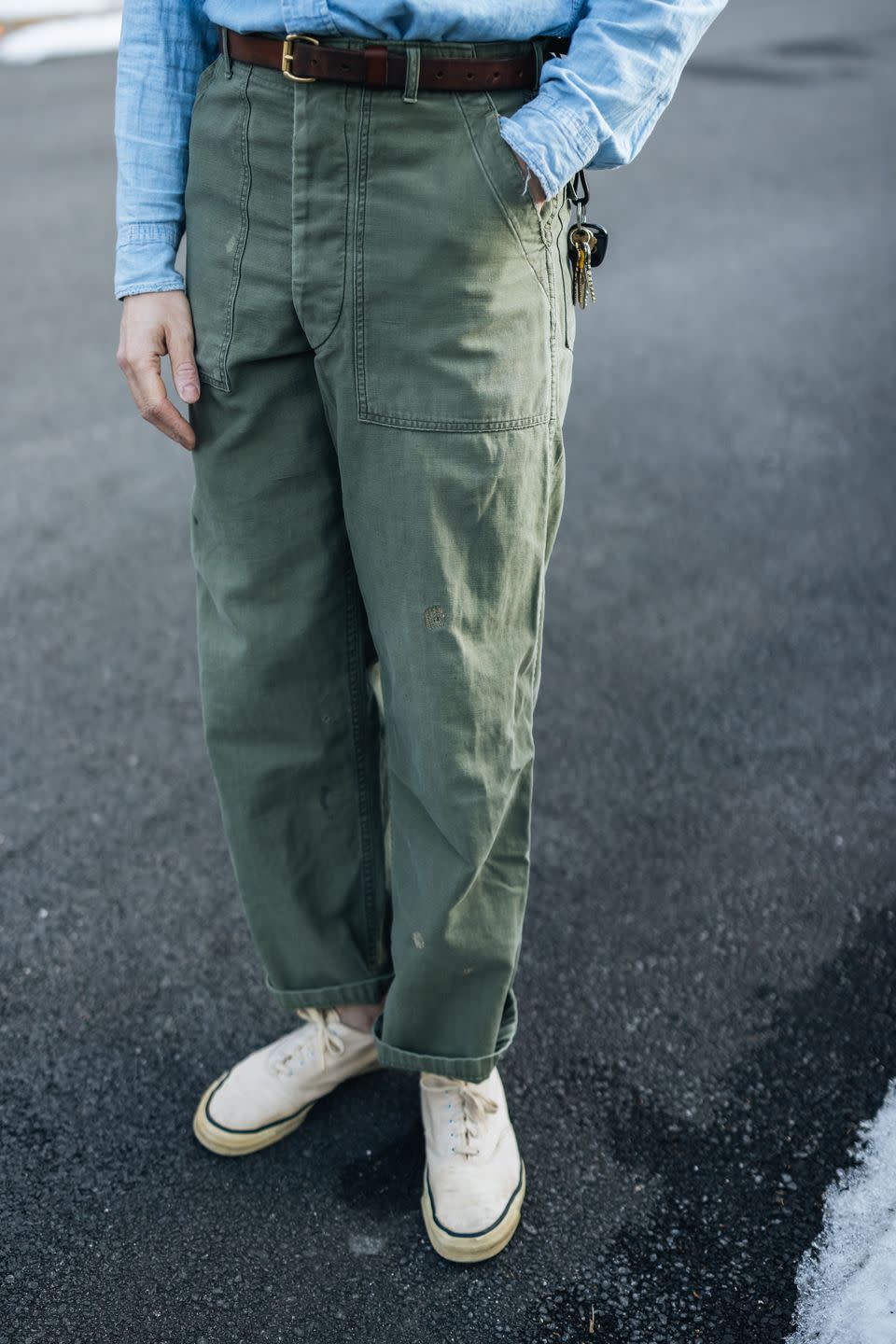
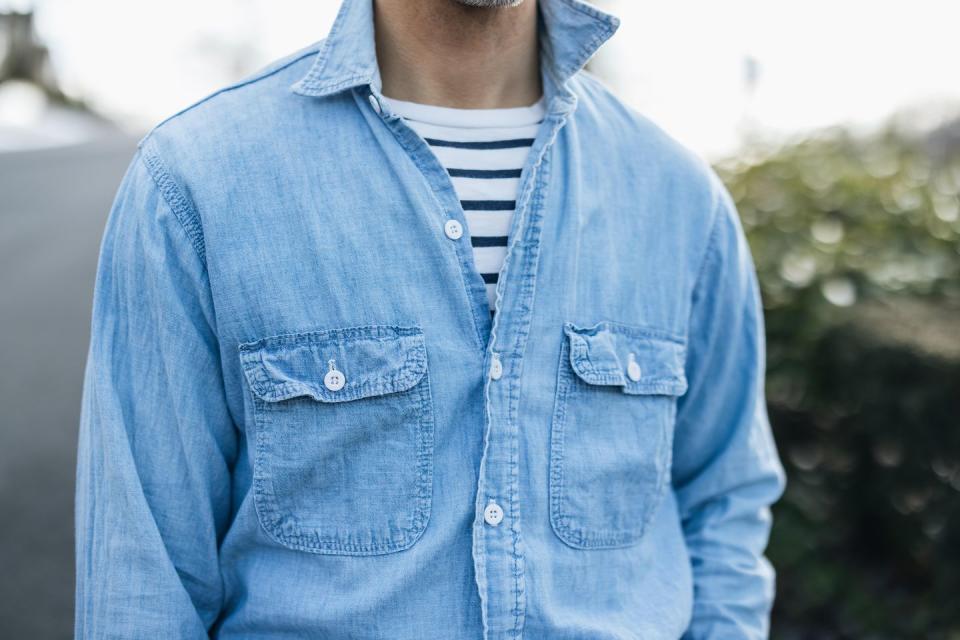
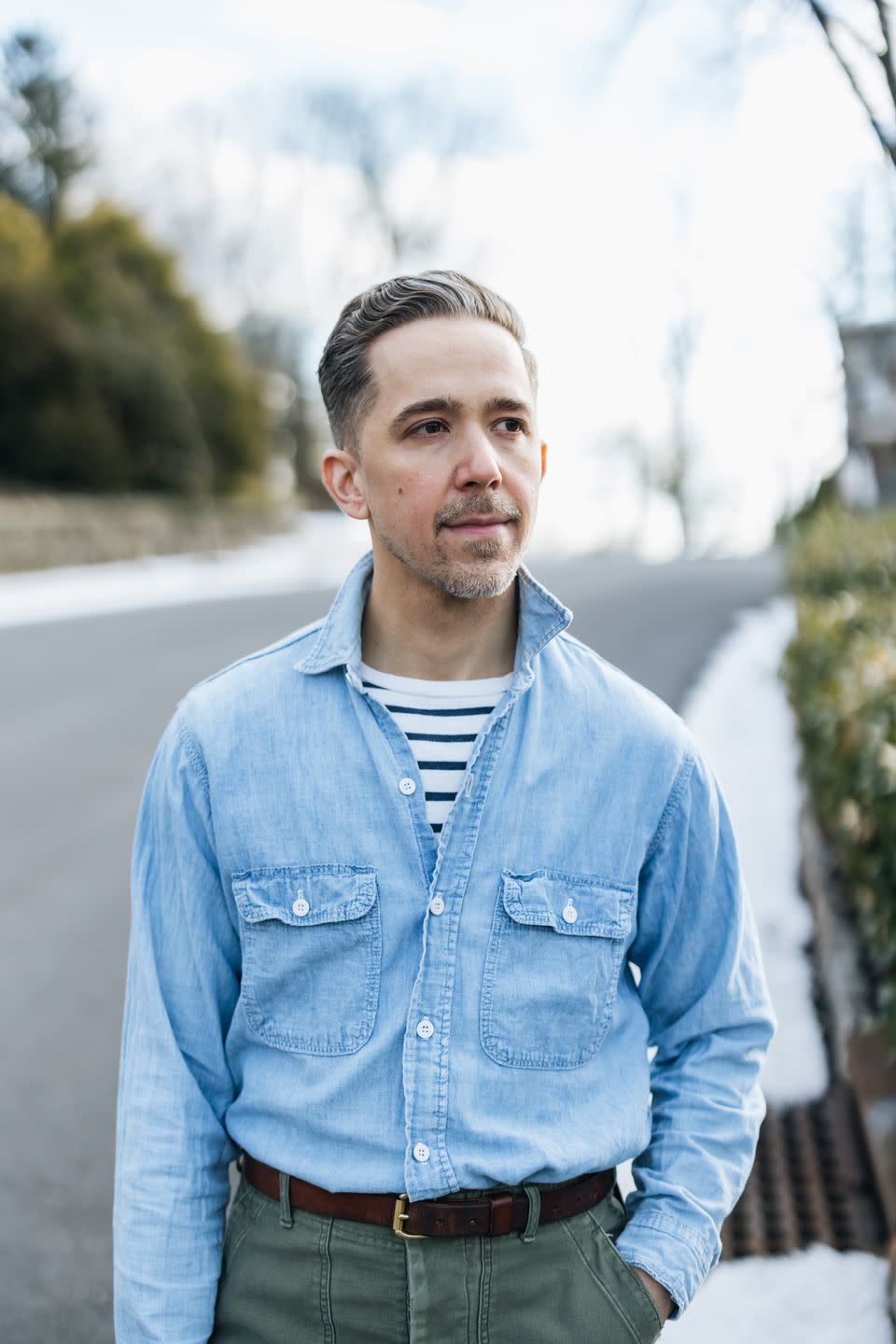
Do you have a formula for getting dressed? Do you separate styling yourself and styling your shop? What informs how you dress yourself?
I really let whatever I have planned for the day inform what I’m going to wear. If I’m home with our kids, I’m usually in some '50s or '60s U.S. military chinos, Sperry CVOs, a vintage Brooks Brothers shirt, and a vintage L.L. Bean sweater or chamois shirt. If I’m going to Wooden Sleepers, I’ll usually take the opportunity to wear some vintage pieces that are more special to me. If I’m out picking, it’s jeans, boots, and a Carhartt chore jacket.
Have you seen a shift over the course of the pandemic in regard to what sort of garments are popular with your customers? Why do you think that is?
With more and more people working from home, comfort is king. Vintage sweaters, fleece, sweatshirts, T-shirts, and worn-in flannel shirts are more popular than ever. On the weekends, people want to get outdoors, so those same pieces translate well on a hike or weekend trip upstate.
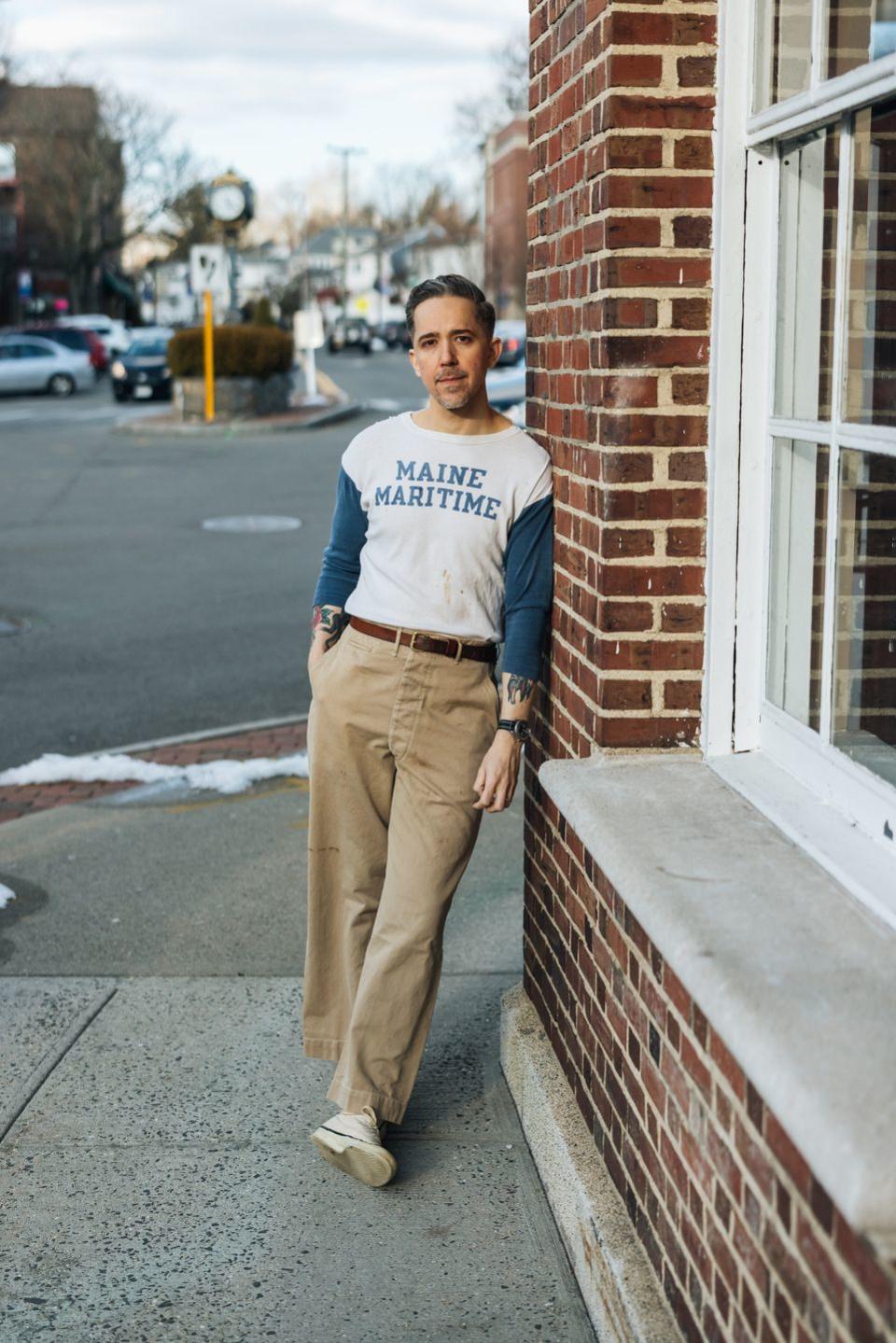
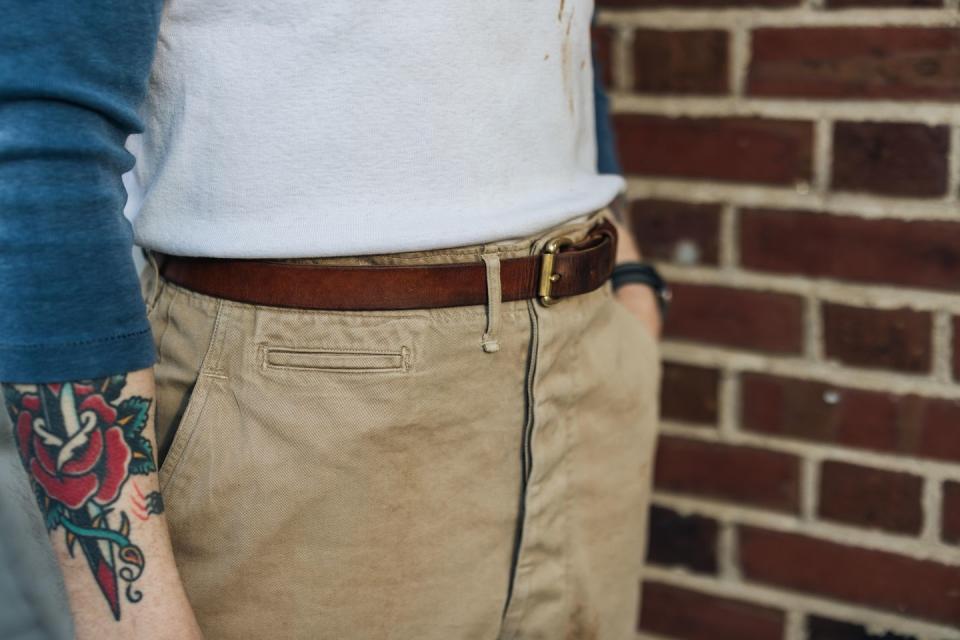
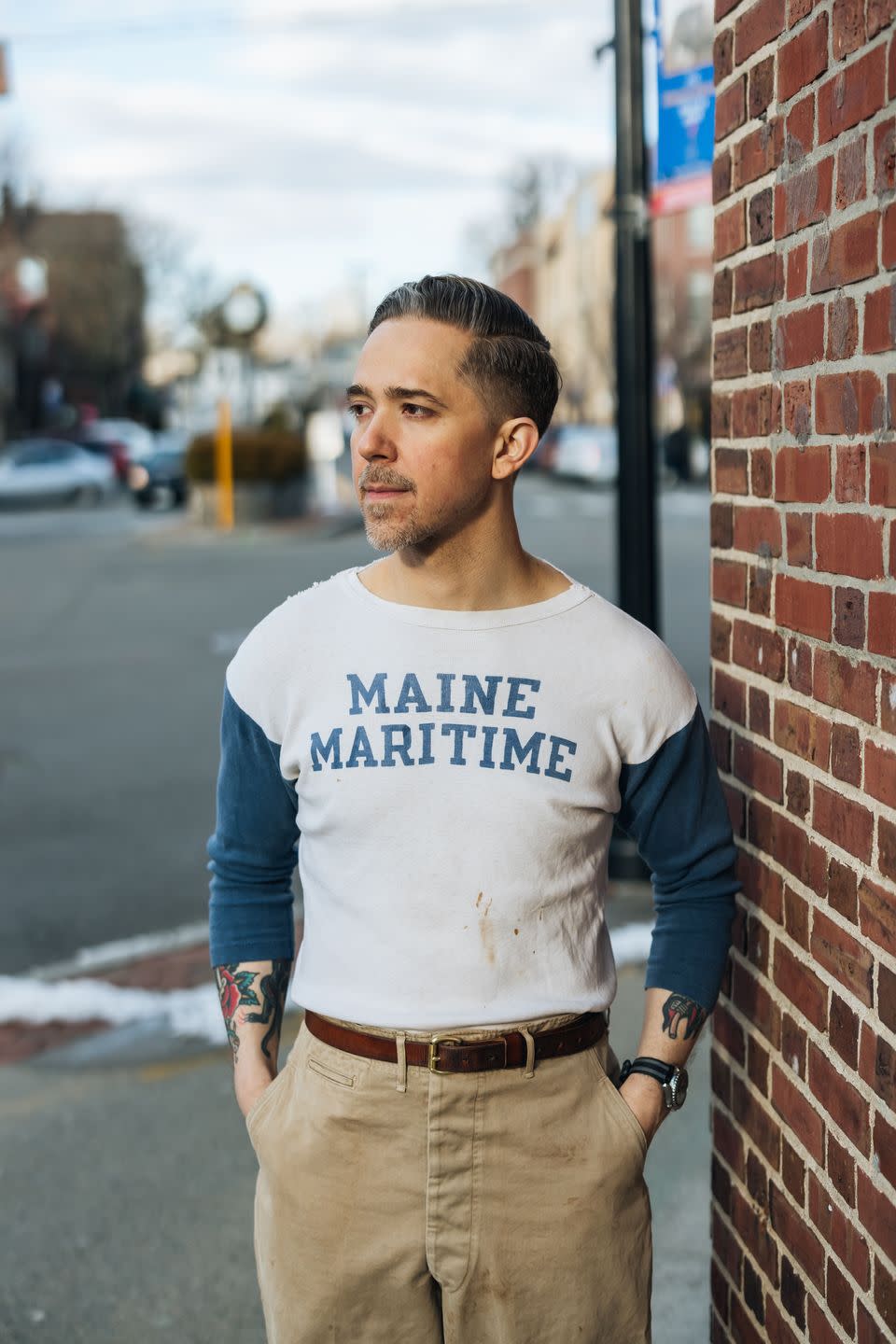
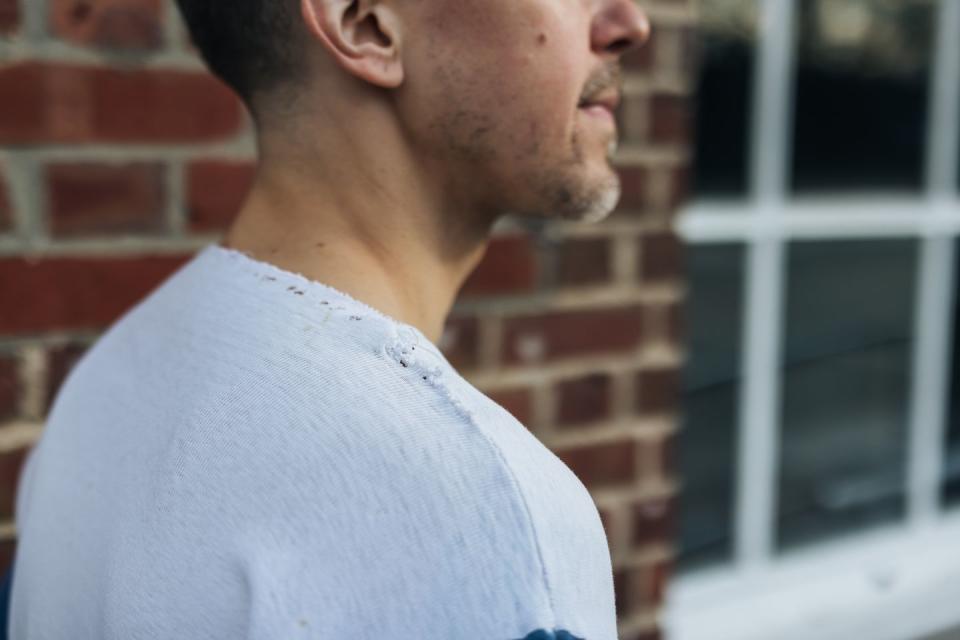
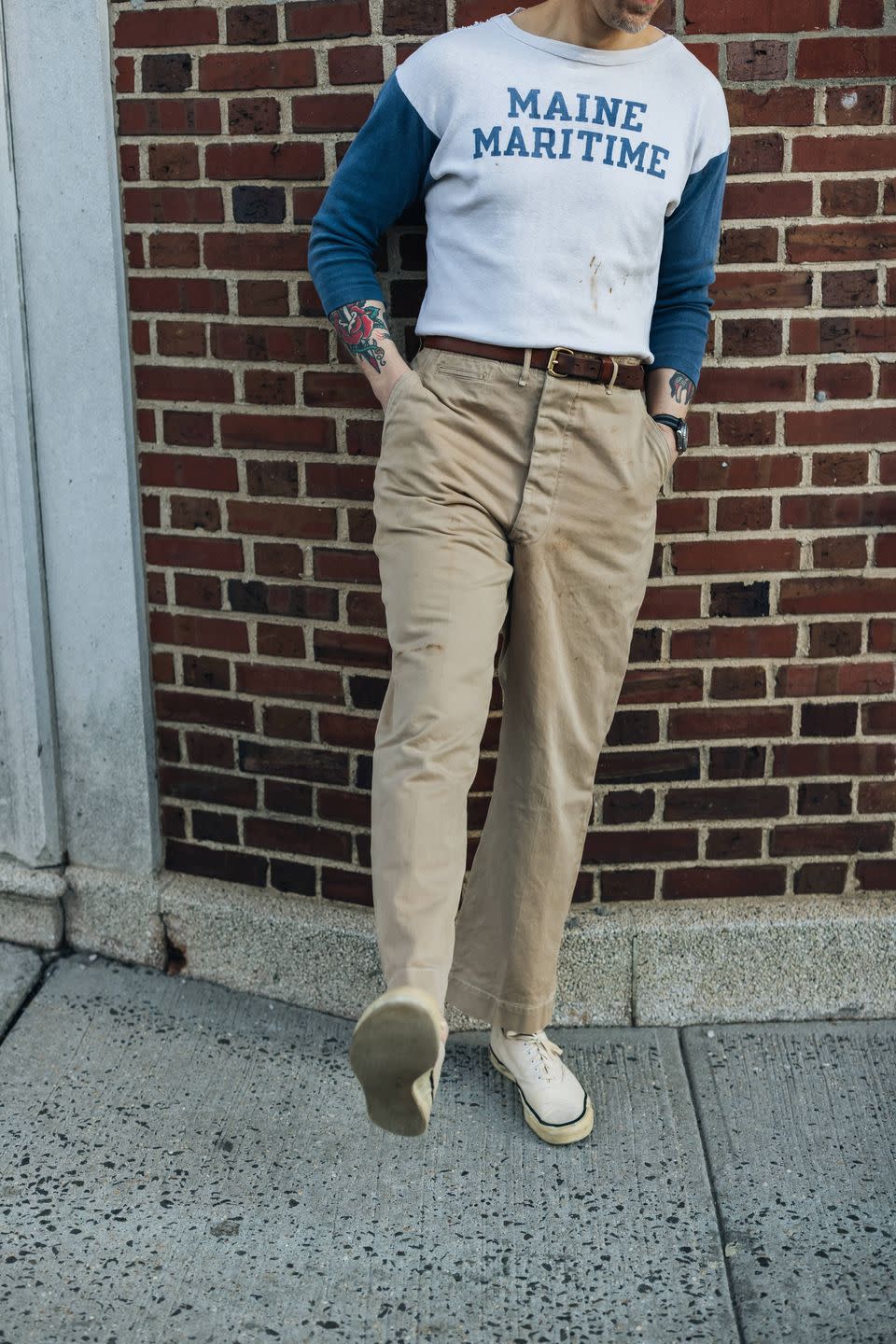
Health and family go hand in hand in my world, and I suspect yours as well. Talk to me about what you do to stay healthy, and what you find yourself cooking often? How do you incorporate these values into your family life, and what does it mean for you to be a father and a husband?
A few years back, around the time our first baby girl was born, I had put on a lot of weight. The stress of having a newborn, lack of sleep and motivation, plus some poor dietary choices had a negative impact on my mind and body. In November of 2019, I decided to make a change. It was hard for me at first because I thought I needed a whole gym and big chunk of time to get an adequate workout. Instead, I just started doing bodyweight exercises while our baby napped—squats, push-ups, jumping jacks. The big thing for me was shifting how I ate. I have been vegetarian since I was 13 and first heard “All Out War” by Earth Crisis. You might assume being vegetarian means I was eating well; not so. There were a lot of burritos, pizza, Court Street Grocers heroes, stuff like that. These days, my diet consists of mostly home-cooked and home-prepared meals—a lot of veggies, fruits, grains, a little dairy, and some fish on occasion. I have a real sweet tooth, so I found limiting my sugar intake to be really helpful. I terms of weight loss and maintenance, I have found diet to be much more important than exercise. With that said, I have a daily exercise routine that helps me feel strong, flexible, and a little more balanced mentally. I do 30 minutes of yoga every morning first thing while our 9-month-old son has his bottle, then while he’s napping I’ll do another half hour or so of strength training or cardio depending on the day. My setup is super minimal—exercise mat, dumbbells, one kettlebell, and some bands. My three-year-old daughter has actually gotten into doing yoga with me sometimes. I bought her a little mat and book. I’m 40 now, so staying fit is paramount for me and I hope that as our kids get older they see how exercise and eating well have a positive impact on our lives.
You and I share a huge interest in Long Island hardcore, and heavy music generally. How did you come to find this fairly insular scene? Has this influenced other aspects of your life? What are some of your favorite bands and records, and why?
When I was in seventh grade, I was already into pretty aggressive music like Nine Inch Nails, Cypress Hill, Wu-Tang Clan, Nirvana, Rage Against the Machine. A friend of mine had a cousin who lived next door and was in a popular Long Island hardcore band called Tripface. We would sit on his basement steps and listen to them practice. Sometimes we would sneak into his room and go through his seven-inch records, recording anything that looked cool to tape. It wasn’t so easy to find this stuff pre-internet. There was an incredible record store called None of the Above that specialized in punk, hardcore, and metal. It’s pretty cliché to say, but I grew up poor in a rural town in the middle of nowhere on the east end of Long lsland. School was hell, home was worse. I felt pretty ostracized in my day-to-day life, so the Long Island hardcore scene became a refuge. I felt like I had found my tribe. My experience going to shows and being in bands impacted my life in a profound way. I’m on a group text with guys I’ve known for 20-plus years from that scene. The biggest takeaway for me in terms of Wooden Sleepers was the idea of DIY, the idea that if you want something, don’t wait around for someone else to make that opportunity happen, do it yourself. The quintessential Long Island hardcore album is “Life of a Spectator” by Silent Majority. Vision of Disorder’s self-titled debut album was incredible because they were really the first band from our scene to really blow up. On the Might Of Princes, “Where You Are and Where You Want to Be” will always be a special album for me. There are so many more: Inside, Glassjaw, The Movielife, Incendiary, Milhouse, Skycamefalling, Mind Over Matter. Long Island continues to put out great hardcore bands—don’t sleep!
You Might Also Like

